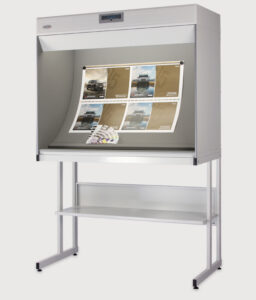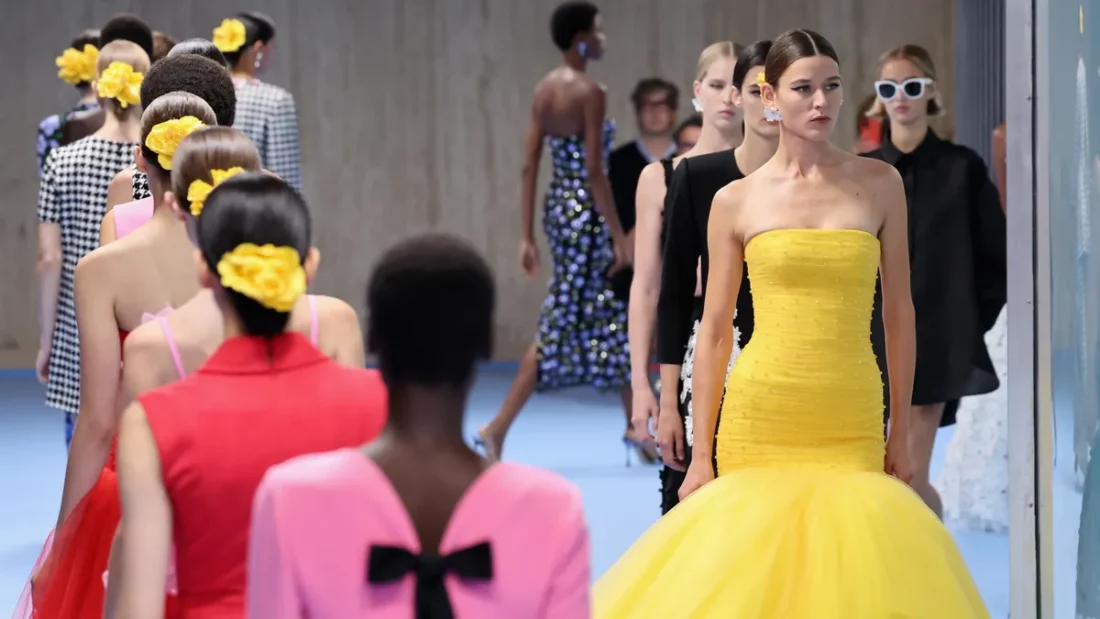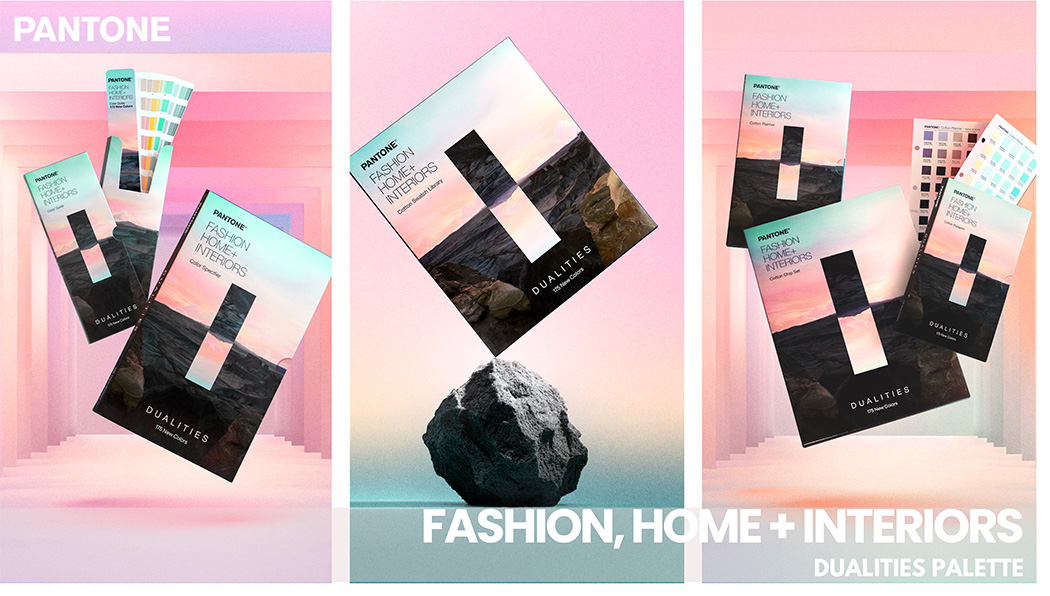Happy New Year! We thought we’d start the year bringing it back to the core of VeriVide; the lighting cabinet is where we began almost 60 years ago.
In this piece we will look at the two of our most popular lighting cabinets, the Colour Assessment Cabinet (CAC) and Colour Control Cabinet (CCC). Both of the VeriVide lighting cabinet ranges, CAC and CCC, are made to provide controlled and consistent viewing conditions. However they differ in the booth construction which is adapted to provide the best conditions for different industries.
CAC Cabinets
Our CAC cabinets are an elongated cube shape with the lamps mounted into the top. Used for the assessment of 2d and 3d products like clothing, plastic components, food, automotive components etc. Printing companies only use them when mixing the ink formulations under D65 daylight or if they are assessing small sheets of labels.
CAC cabinets are fitted with 4 or 5 light sources, usually D65 daylight, one or two store lights, UV and F Tungsten Filament. Sometimes D50 Daylight replaces one of the store lights. Consequently the items can be assessed against a colour standard under a variety of different light sources to highlight any manufacturing problems. This also ensures that the colour will be suitable in any lighting under which the consumer uses the product.
CCC Cabinets
CCC cabinets are especially made for the printing industry and are taller cabinets to accommodate large sheets of printed paper or card. The largest model CCC 120 is suitable for B2 and B3 sheets of paper.
The CCC cabinets are not as deep as the CAC range because they usually only have a sheet of card and a small Pantone book or similar in them rather than a 3D object.
CCC cabinets are fitted as standard with a single light source, D50 Daylight which is a requirement of ISO 3664:2009, but they can also be fitted with additional light sources such as store light or D65 Daylight if required.
CCC cabinets are also fitted with a unique feature, a concave viewing deck (curved back) to minimise specular reflection from the print. Basically this ensures that the angle between the printed image and the observer’s eyes minimises shine, especially important if there is a glossy surface. Specular reflection is the white glow you can see when light bounces off a glossy surface and if this is present it interferes with your ability to see the true colour of the print. The CCC cabinets viewing deck is magnetic, small magnets secure the prints in place leaving hands free for holding the colour standards or recording observations.
If you would like some more information on our lighting booths, please do not hesitate to contact us at sales@verivide.com.









